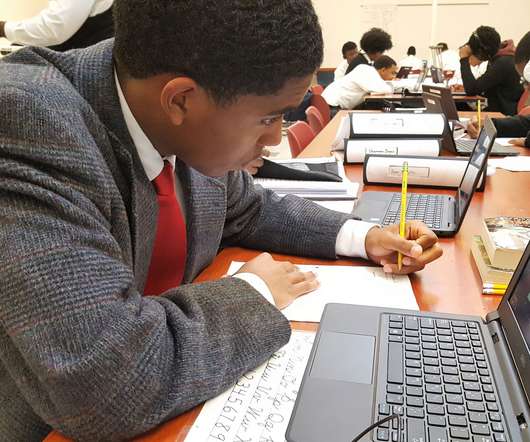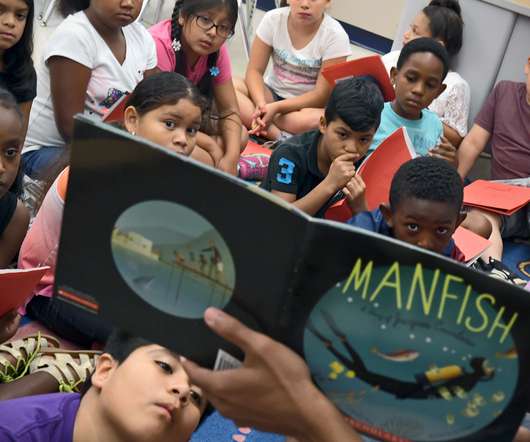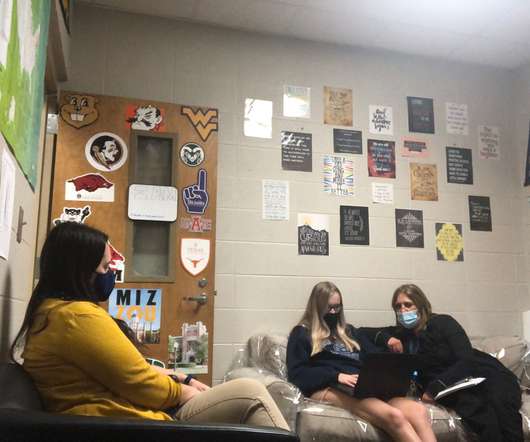Discovery Education Acquires Mystery Science in $140 Million Deal
Edsurge
NOVEMBER 3, 2020
The latest proof point is Mystery Science , a provider of elementary-grade science curriculum, which has been acquired by Discovery Education. Lessons are designed with an inquiry-based approach, where students and teachers explore science “mysteries” collaboratively through videos, reading and hands-on activities.





























Let's personalize your content